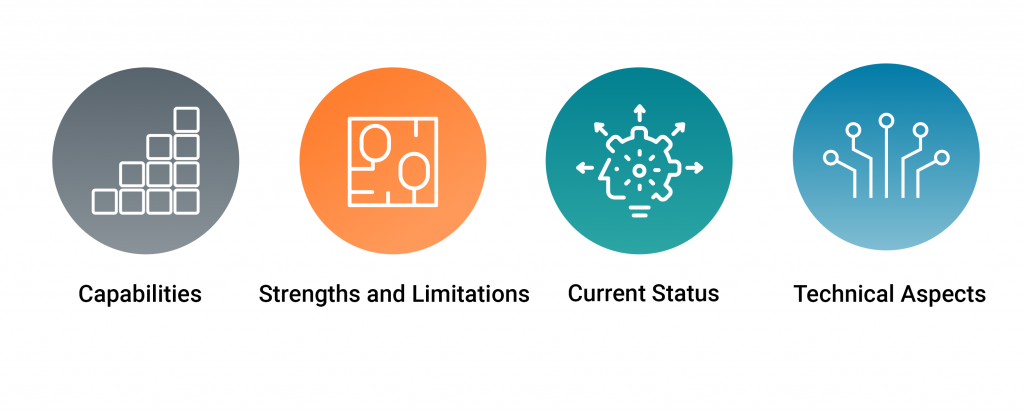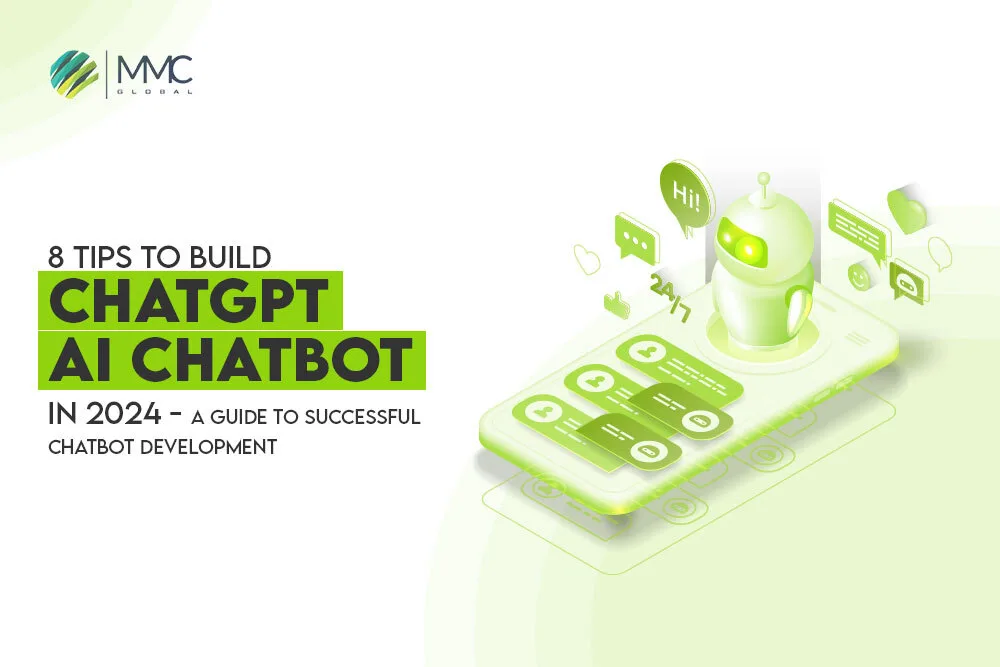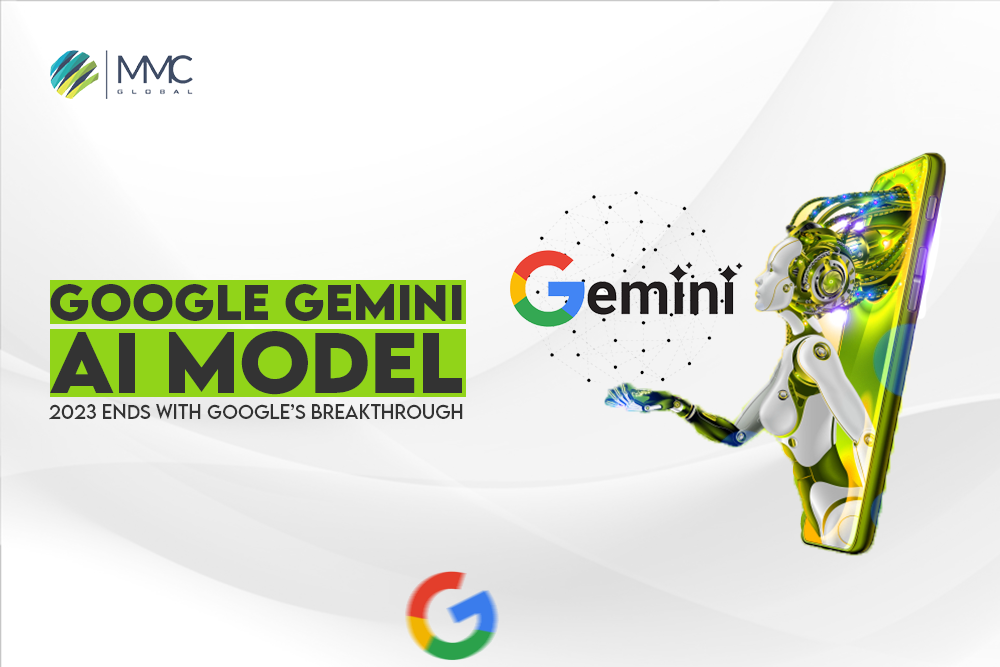Sora is an artificial intelligence or AI model developed by OpenAI, known for its ability to generate realistic and imaginative videos based on text descriptions. Here’s a quick review of how it works and what capabilities it has with certain limitations and strengths.

Capabilities
Creates Videos from Text Prompts
You can provide a text description of a scene, and Sora will generate a video that matches your description. These videos can be up to one minute long and feature high-resolution visuals, complex camera movements, and even multiple characters with emotions.
Extends or Modifies Existing Videos
It can take a still image and create a video extension from it or even reverse the process by creating a still image from the beginning of an existing video. Additionally, it can generate alternative endings for existing video clips based on a user’s description.
Generates High-Quality Images
While primarily focused on video generation, the Sora AI model can also create detailed still images with a resolution of 248×248 pixels.
Technical Aspects
Diffusion AI Model: It employs a technique called diffusion to generate videos. This starts with a noisy image and gradually removes the noise step-by-step, revealing the final video content.
Transformer Architecture: Similar to text-based AI models like GPT-3, Sora utilizes a transformer architecture, allowing it to scale effectively and process complex information.
Read more: Exploring Enterprise Generative AI Models – Revolutionizing Business Processes
Current Status
Research Stage
Sora is still under development and is not yet publicly available. OpenAI is actively researching its capabilities and potential applications.
Safety Considerations
The developers are aware of the potential risks associated with this technology, such as the spread of misinformation or harmful content. They are taking steps to mitigate these risks through rigorous testing and collaboration with experts in various fields.
Strengths and Limitations
Beyond the core functionalities, here’s some additional information about the Sora AI model:
Strengths
Highly Realistic and Detailed Visuals: Sora surpasses previous video generation models in terms of visual quality, producing videos that closely resemble real-world scenarios.
Versatility: It can handle diverse prompts, generating videos of different lengths, aspects, and resolutions, including still images.
Temporal Coherence: Sora excels at maintaining the consistency of objects and characters throughout the video, even when temporarily out of frame.
Limitations
Accessibility: As mentioned earlier, Sora is not yet publicly available, limiting its current applications.
Ethical Considerations: The potential for misuse in generating misinformation or harmful content necessitates ongoing research and development of responsible AI practices.
Bias: Like any AI model, Sora’s outputs could reflect biases present in its training data. However, OpenAI is actively addressing these concerns through careful data selection and training procedures.
Potential Applications
- Entertainment: Creating video game environments, generating movie trailers or special effects, and personalizing video content.
- Education: Simulating historical events, visualizing scientific concepts, or creating educational videos tailored to different learning styles.
- Design and Prototyping: Quickly generating visual representations of ideas for product design, architectural models, or storyboarding purposes.
Read more: 3 Exciting OpenAI Models For Application Development
Future Developments
OpenAI is continuously exploring ways to improve Sora’s capabilities, focusing on:
- Enhancing Controllability: Refining the process to allow users more precise control over the generated content.
- Expanding Generation Lengths: Pushing the boundaries of video length beyond the current one-minute limit.
- Mitigating Bias: Implementing more robust methods to minimize potential biases in the generated outputs.
Sora represents a significant advancement in video generation technology, opening doors for various creative and practical applications while demanding careful consideration of its ethical implications and ensuring responsible development and use.



